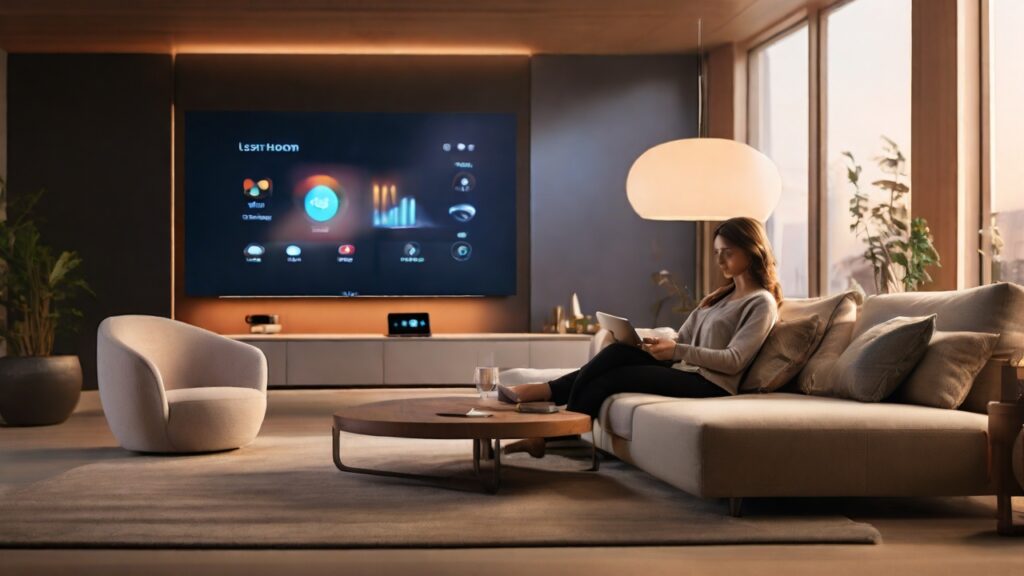
The revolution of the digital age has brought us to a point where we are sitting on our couches, commanding our homes to play music, turn on the heater, and make coffee. Let’s take a moment and give ourselves a round of applause for such sterling laziness. Don’t break a sweat, though. You’ve worked hard enough getting your smart home to do everything for you! In the midst of this technologically advanced laziness lies an unsung hero – Smart Home UX Integration.
In an era where technology’s primary goal is to make humans lazier, Smart Home UX Integration has become the belle of the ball. We want our homes to be smart, but we also want them to be intuitive and user-friendly. UX (User Experience) takes center stage here, ensuring we don’t have to frown or, God forbid, read a manual.
Smart Home UX Integration, in layman’s terms, is the process of making your smart home technology as easy to use as your good old-fashioned toaster. It’s about harnessing the power of a technologically advanced system and making it simple enough that even your grandma can understand it. It’s about bringing the phrase “user-friendly” to life in your home.
For instance, let’s take a look at the smart lighting system. Remember the good old days when you had to stand up and walk all the way to the switch to turn off the light? Or those times when you had to adjust the dimmer to set the right mood for your romantic dinner? No more! Smart Home UX Integration is here to save the day! Or, more accurately, save you from the immense effort of standing up and walking a few steps.
But it’s not just about reducing physical effort, it’s also about making things more intuitive. Consider home security systems. The integration of UX in such systems allows users to easily navigate through complex settings, set up preferences, and activate or deactivate security features. Gone are the days when you needed a degree in rocket science to set up your home security system.
Then there’s your smart HVAC system. Smart Home UX Integration allows you to simply dictate your desired temperature to your home and voila, it obeys! The UX design ensures that your interaction with the system is as smooth as butter, and you don’t have to scramble to find the right button in some obscure corner of an app.
When it comes to home entertainment systems, Smart Home UX Integration shines even brighter. User-friendly interfaces, easy navigation, and intuitive controls are the name of the game. You can switch between your favorite shows, control the volume, and even customize your viewing experience without getting a migraine. It’s like having a little elf at your service, ready to fulfill your entertainment wishes.
But it’s not all rainbows and butterflies. The challenge with Smart Home UX Integration lies in striking the right balance between complexity and simplicity. The technology should be advanced enough to impress, yet simple enough to not leave users scratching their heads in confusion. It’s a tricky task, but hey, who said making humans lazier would be easy?
Despite its challenges, the future of Smart Home UX Integration looks promising. As technology advances, the focus is shifting towards creating more intuitive, user-friendly interfaces. So, get ready to become even lazier (if that’s possible), because your smart home is about to get even smarter.
In conclusion, Smart Home UX Integration is the unsung hero in the world of smart home technology. It’s the force that’s making your life lazier, more comfortable, and more intuitive. It might not get the spotlight often, but it deserves a standing ovation. So, go ahead, give it a round of applause. But remember, don’t stand up. That would be too much effort.


